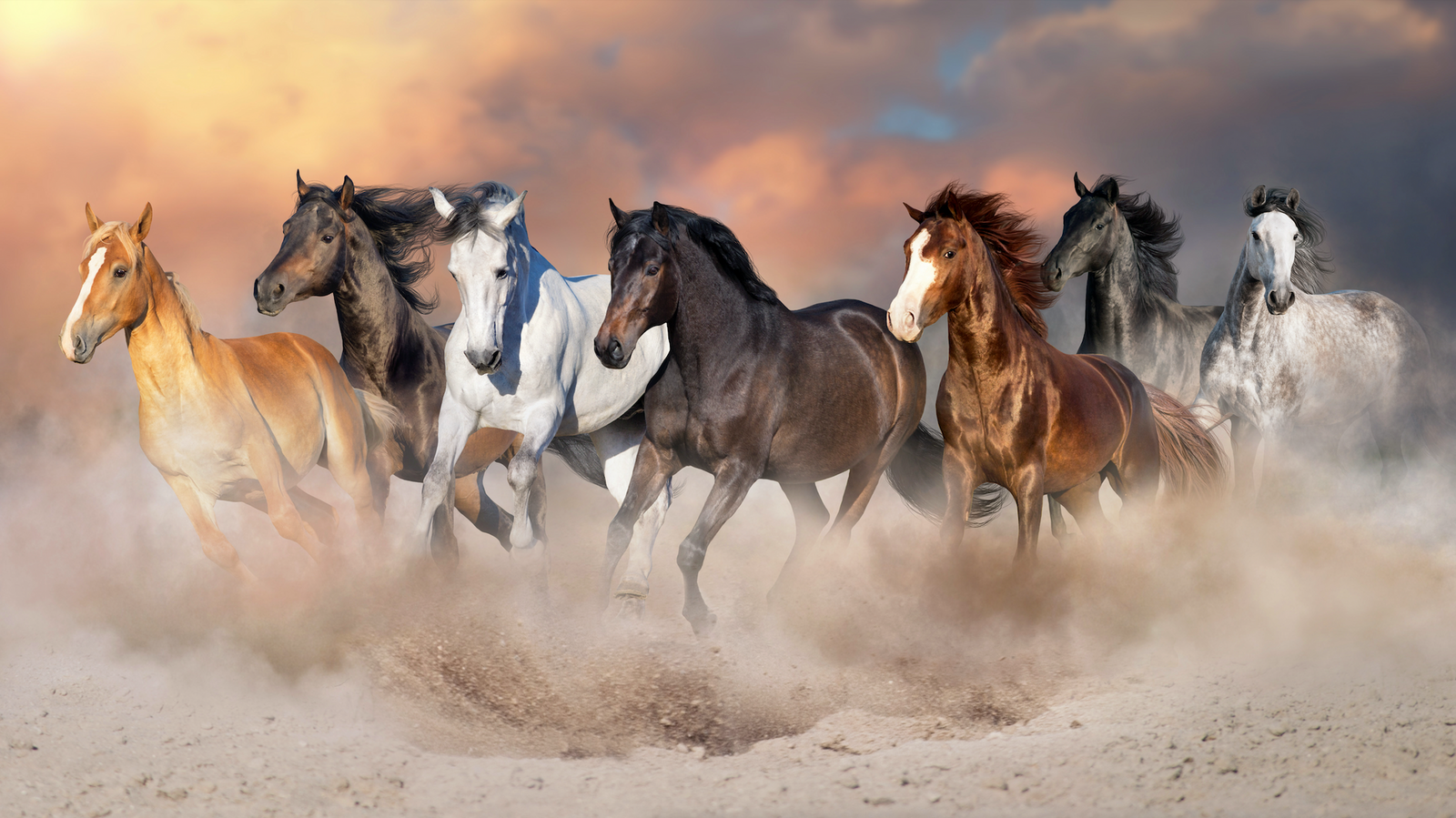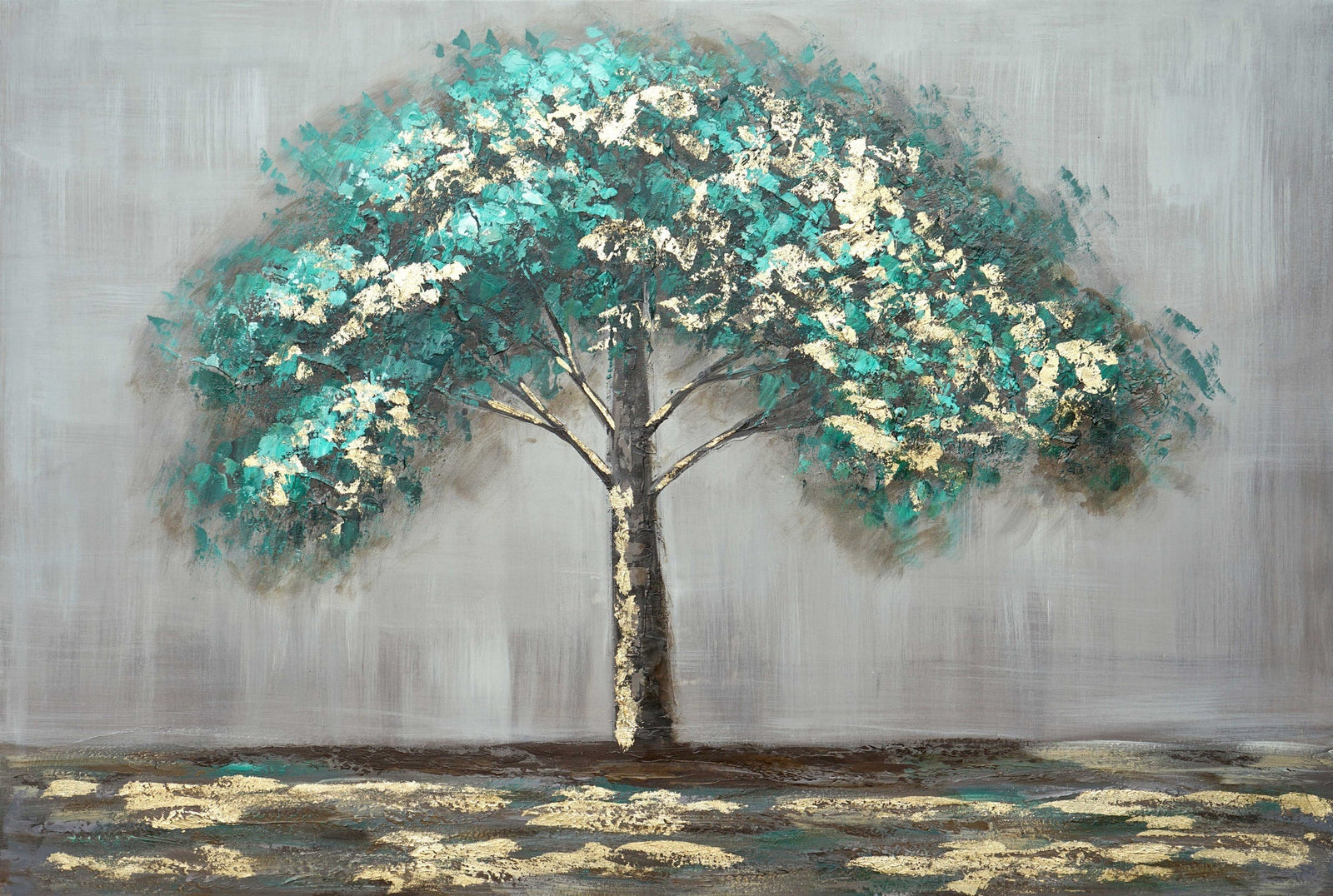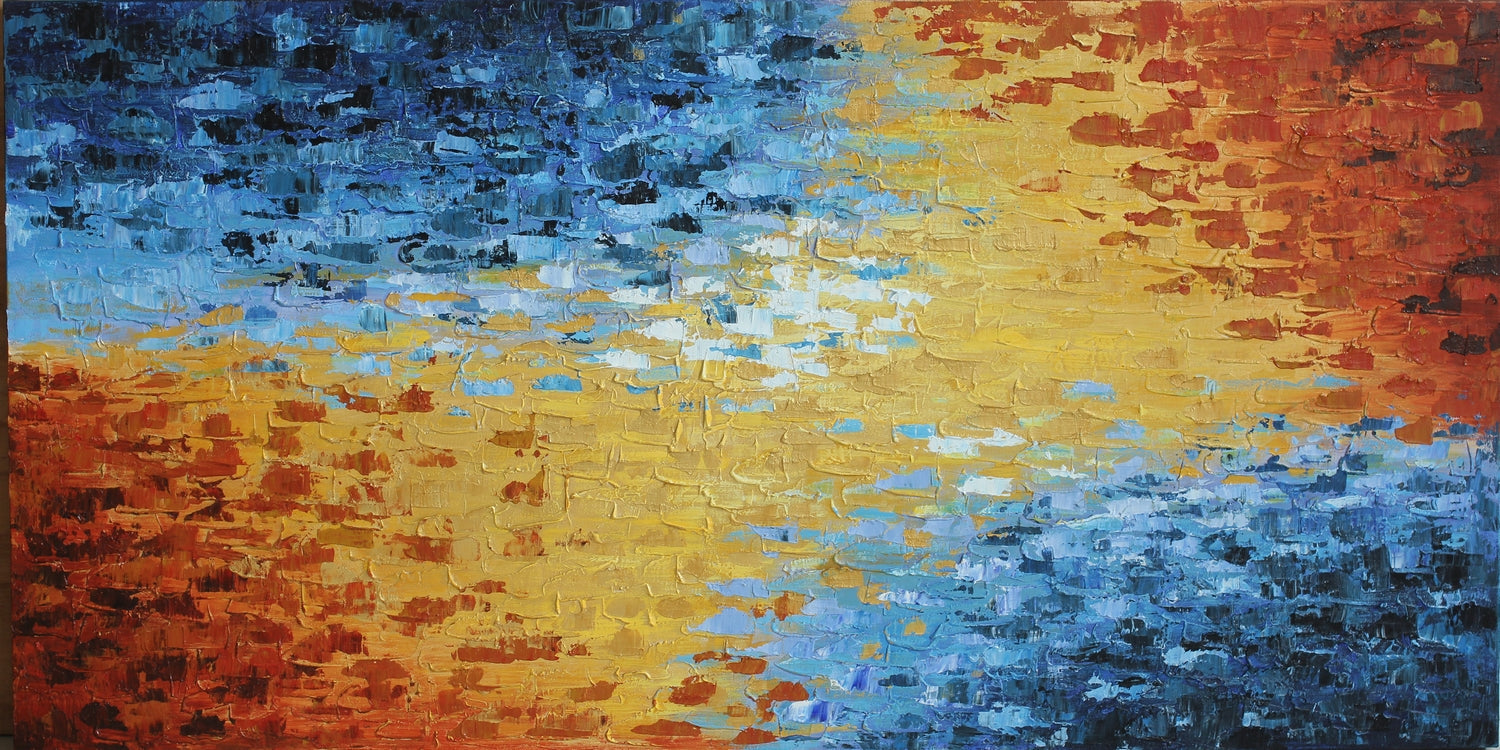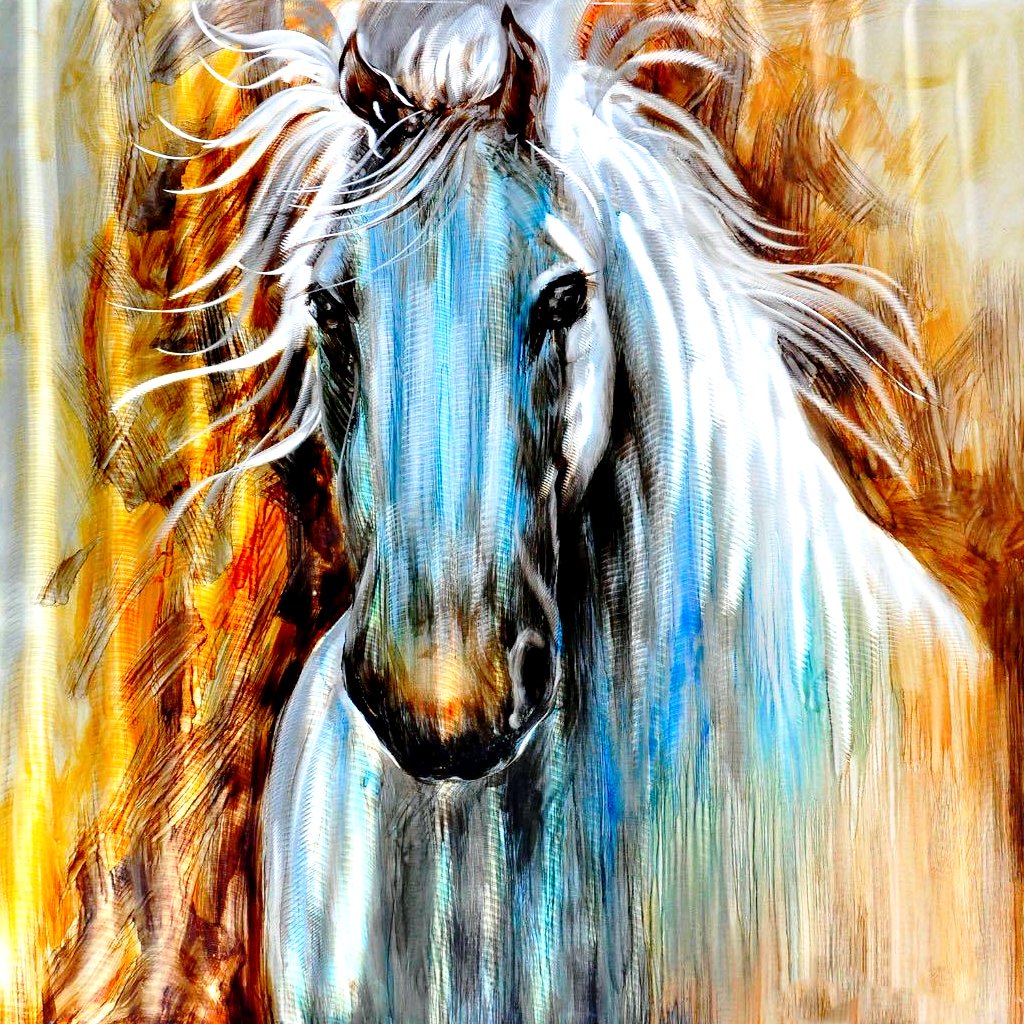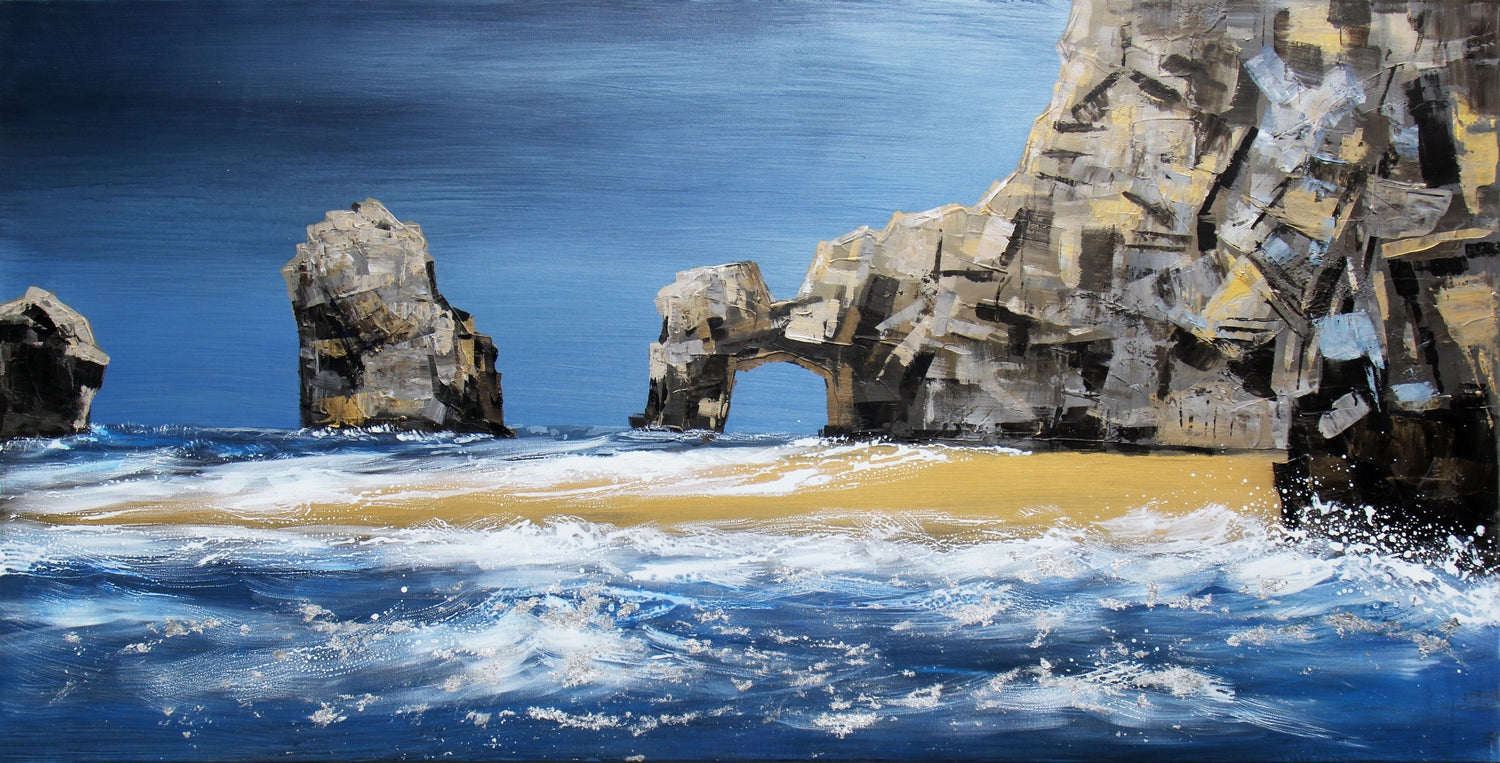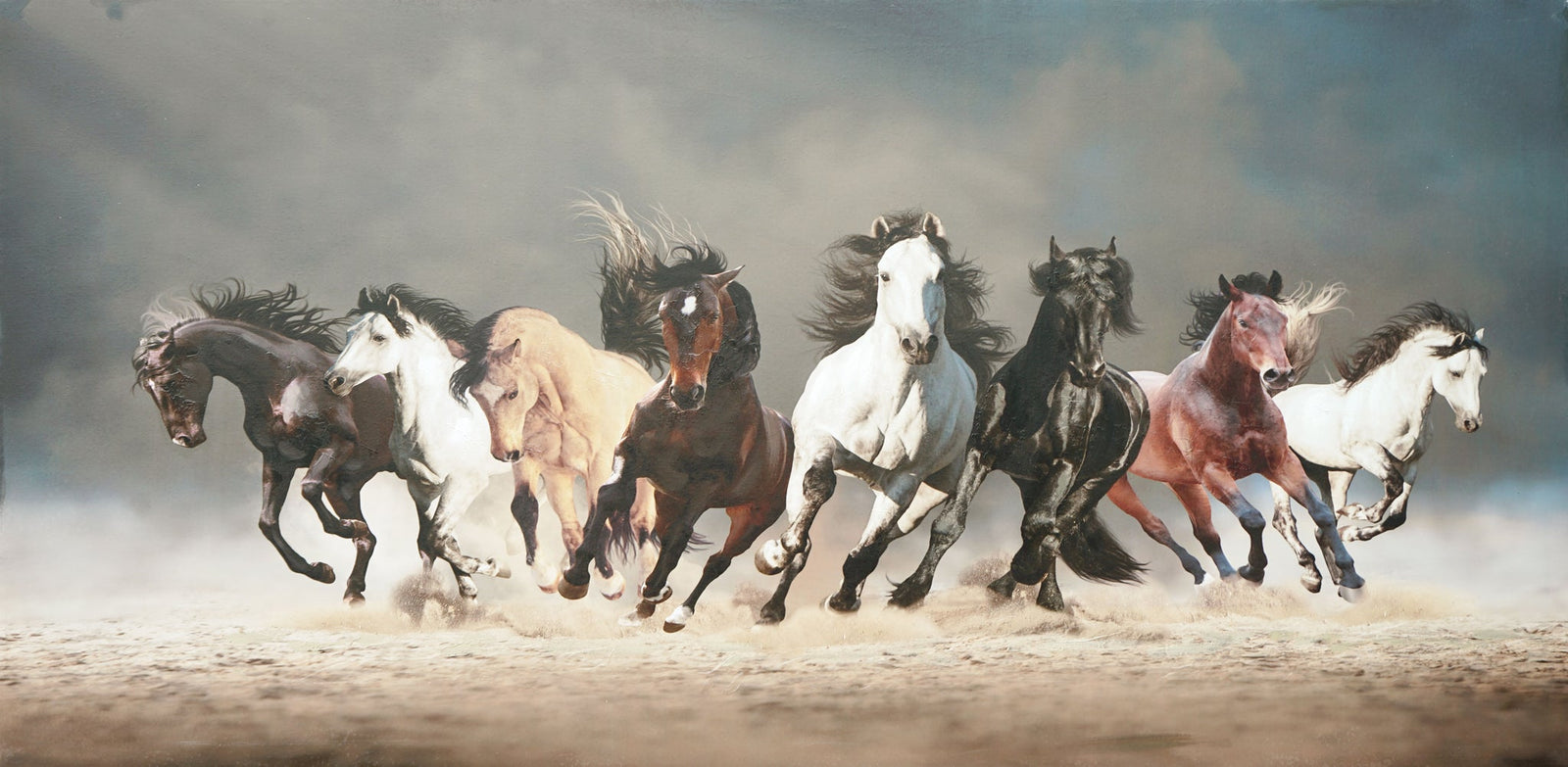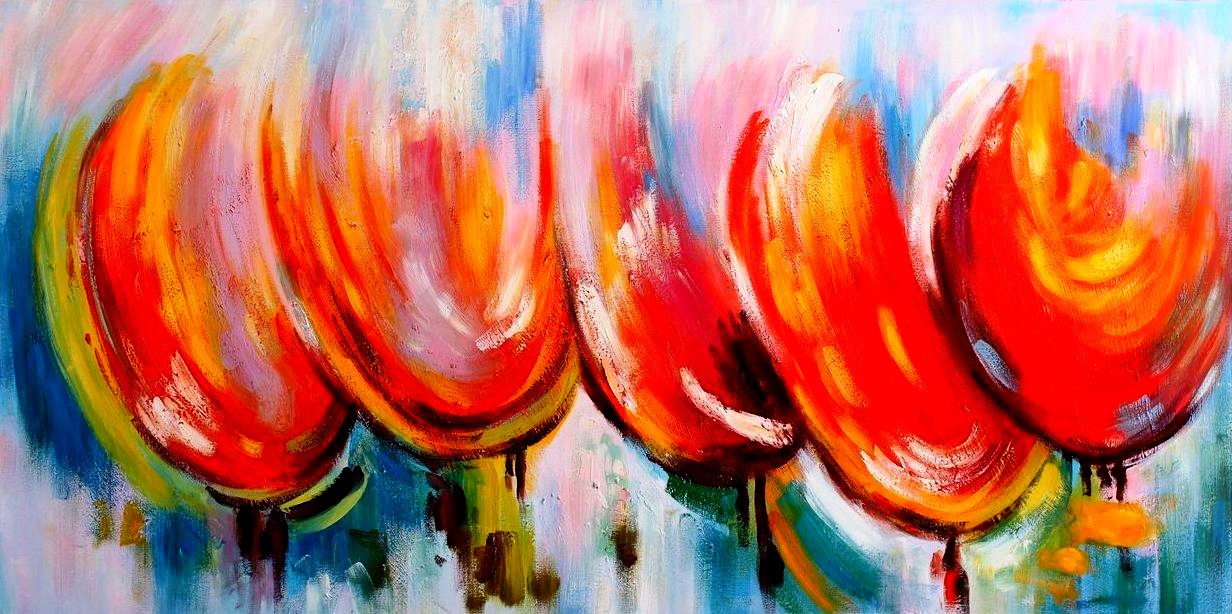Blogs – by webmatrix solutions
Discover Contemporary Art | Oil Paintings, Cityscapes, Nature & Nude Art Online
Art has always been a reflection of the world around us, a way for artists to express their emotions, observations, and inner thoughts. Today, more than ever, the world of art is incredibly diverse, with a wide array of styles and subjects that cater to different tastes and preferences. If you’re a lover of art or just beginning to explore the world of paintings, you’ll find that there’s something uniquely captivating about oil paintings, contemporary art, cityscape art, nature art, and nude paintings. And with the convenience of online platforms, finding the perfect piece to adorn your walls has never been easier.
Oil Paintings A Legacy of Art Capturing Light, Color, and Texture
Oil paintings are enduring works of art .The richness of the colors, the depth of texture, and the way light interacts with the surface of the paint all contribute to a piece that feels alive and dynamic. There’s a reason why so many of the world’s most famous artworks are oil paintings; they have a quality that draws viewers in, making them want to reach out and touch the canvas. From the classical works of the Renaissance to the bold, expressive pieces of modern artists, oil paintings continue to captivate and inspire.
Contemporary Art: Exploring the Boundaries of Creativity and Expression
When you think of contemporary art, you might envision something avant-garde, challenging, or even a bit enigmatic. Contemporary art is a broad and ever-evolving field that reflects the current culture, society, and technology. It encompasses a wide range of styles and mediums, from abstract paintings to digital installations. What makes contemporary art so exciting is its ability to push boundaries and explore new ideas. Artists working today are not afraid to experiment, to mix traditional techniques with modern themes, and to create pieces that provoke thought and evoke emotion. Whether it’s a striking abstract oil painting or a mixed-media work that combines paint with found objects, contemporary art offers something for everyone.
Cityscape Art: Bringing the Energy and Vibrancy of Urban Life to Your Walls
Cityscape art is another fascinating genre that has gained popularity in recent years. As urbanization continues to shape our world, artists have turned their attention to the city as a subject worthy of exploration. Cityscape art captures the energy, movement, and complexity of urban life. Whether it’s a bustling New York street at night, a serene Parisian boulevard in the early morning, or a chaotic market scene in Mumbai, cityscape art brings the vibrancy of the city to life on canvas. These works often combine realism with elements of abstraction, using color, light, and composition to convey the mood and atmosphere of the city. For those who are drawn to the hustle and bustle of urban environments, or who simply appreciate the beauty of architecture and city planning, cityscape art is a perfect choice.
Nature Art: Finding Peace and Serenity in the Beauty of the Natural World
Nature art, on the other hand, takes us back to the natural world, offering a respite from the noise and chaos of city life. There’s something inherently calming about nature art, whether it’s a lush forest scene, a tranquil beach at sunset, or a close-up of a single flower. Nature has always been a source of inspiration for artists, and it’s easy to see why. The colors, patterns, and forms found in nature are endlessly varied and beautiful. When captured in an oil painting, these elements take on a new life, becoming a permanent reminder of the beauty that surrounds us. Nature art can bring a sense of peace and serenity to any space, making it a popular choice for homes and offices alike.
The Power and Intimacy of Nude Paintings
Nude paintings have a long and storied history in the world of art. They are a celebration of the human form, exploring themes of beauty, vulnerability, and strength. While some may view nude paintings as controversial or provocative, they are, in fact, one of the oldest and most respected genres in art. From the classical nudes of ancient Greece to the sensual works of the Renaissance, and from the bold, modern interpretations of today’s artists, nude paintings have always been a way for artists to explore the human condition. These works can be both intimate and powerful, offering a glimpse into the complexities of human emotion and experience. Whether rendered in delicate, soft tones or bold, dramatic strokes, nude paintings continue to captivate audiences with their timeless beauty.
How Digital Platforms Make Collecting and Connecting with Art Easier Than Ever
One of the most significant changes in the art world over the past few decades has been the rise of online artwork. The internet has made it possible for artists from all over the world to showcase their work to a global audience, and for buyers to access a wider range of art than ever before. No longer do you need to visit galleries or art fairs to find that perfect piece; instead, you can browse thousands of artworks from the comfort of your own home. Online platforms offer a diverse selection of styles, subjects, and price points, making it easier than ever to find art that speaks to you.
When purchasing oil paintings, contemporary art, cityscape art, nature art, or nude paintings online, there are a few things to keep in mind. First, take the time to read about the artist and their work. Understanding the story behind a piece can deepen your appreciation for it and help you make a more informed decision. Many artists include detailed descriptions of their process, inspirations, and the meaning behind their work, which can provide valuable context.
It’s also essential to consider the space where the artwork will be displayed. Large, bold pieces can make a statement in a living room or entryway, while smaller, more subtle works might be better suited to a bedroom or study. Think about the colors, textures, and mood of the piece and how it will interact with your existing decor. Online platforms often provide tools that allow you to visualize the artwork in your space, which can be incredibly helpful in making your final decision.
Another advantage of buying online artwork is the ability to explore a variety of genres and styles. You might start out looking for a cityscape painting and end up falling in love with a contemporary abstract work or a serene nature scene. The sheer diversity of options available online means that you can discover new artists and styles that you might not have encountered otherwise.
For those who are new to collecting art, starting with online platforms can be a great way to ease into the process. You can explore different styles and mediums at your own pace, learn about the artists and their work, and gradually build a collection that reflects your personal taste and style. And with the vast selection of oil paintings, contemporary art, cityscape art, nature art, and nude paintings available online, you’re sure to find pieces that resonate with you.
In the end, art is about more than just decoration; it’s about expression, connection, and emotion. Whether you’re drawn to the vibrant energy of a cityscape, the calming beauty of a nature scene, the bold statements of contemporary art, or the timeless allure of nude paintings, there’s something out there that speaks to you. And with the convenience and accessibility of online platforms, finding that perfect piece has never been easier.
So, take your time, explore the world of online artwork, and discover the pieces that will bring joy, inspiration, and beauty into your life. Whether you’re looking to make a statement with large paintings or add a touch of serenity with a nature-inspired piece, the world of art is at your fingertips, just waiting to be discovered.



